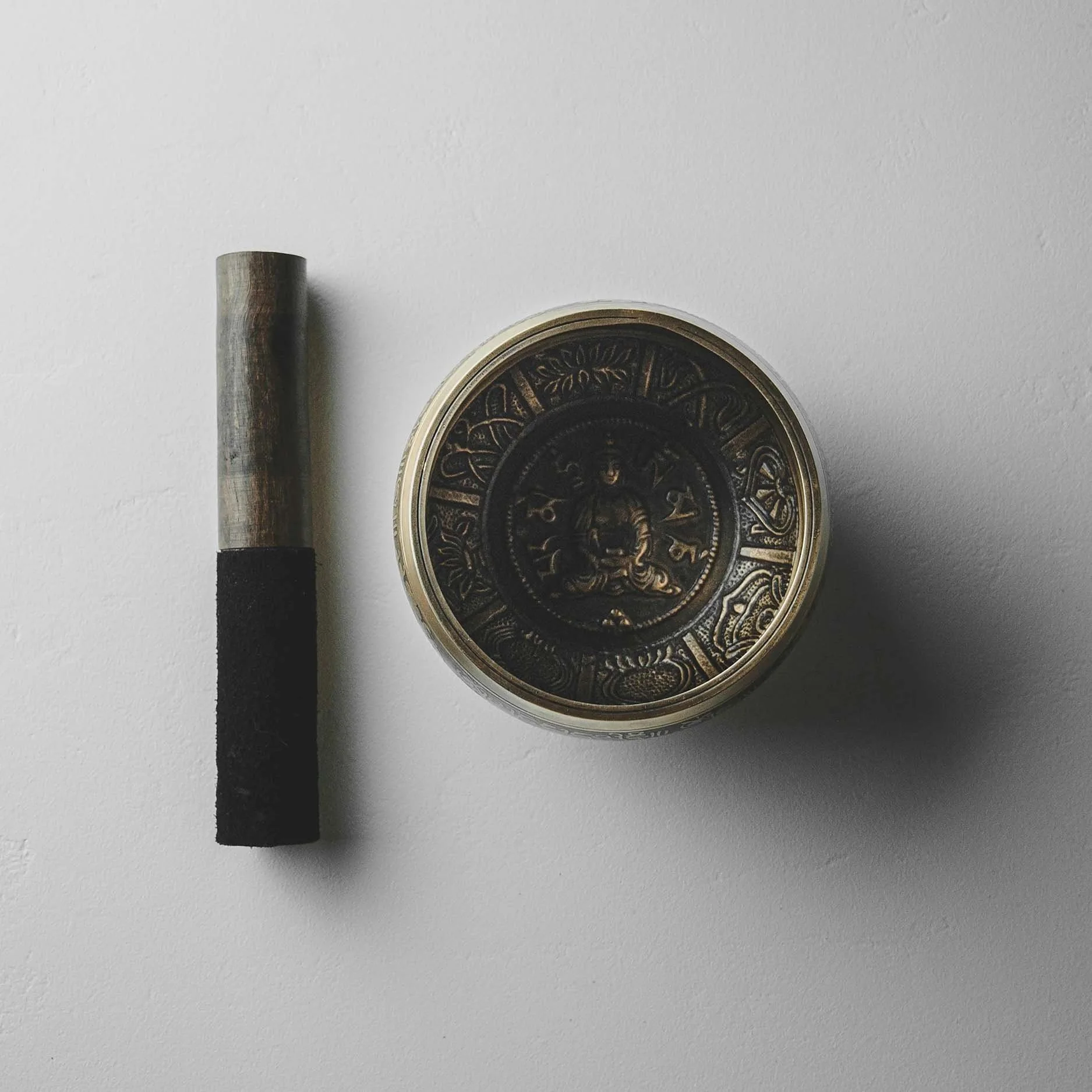
What is sound healing?
The term “sound healing” can encompass a vast amount of topics, but in essence it means any time sound is used therapeutically. As a life-long musician, I have always been interested in the seemingly magical ability sound has to change consciousness. As I pursued musical training and performance as a career path earlier in life my appreciation for the healing power of sound and vibration deepened. In the clinic I sometimes combine sound healing tools such as tuning forks and Tibetan and crystal singing bowls with acupuncture to consolidate and deepen the treatment.
Tuning and Intentionality
Tuning is a process by which two or more distinct pitches are brought into resonance with each other. This can be across the same instrument, such as the strings of a guitar, or between multiple instruments, like the individual members of an orchestra. Tuning to an agreed-upon pitch (usually A440 Hz, or A above middle C on the piano) allows the different members of a group to find their place relative to the tuning of the rest of the group. Any instrumentalist with a decent ear is able to hear when they are out of tune and compensate by adjusting their pitch either up or down.
Chinese View of Music
A single pitch alone in the void cannot be tuned, because it is not relative to anything but itself. One note cannot make a chord. It’s the relation between things that gives them meaning. This is true on a societal and global level as well as an individual health level. The Jing luo (经络) of Chinese medicine are usually translated as “channels” or “meridians.” These are the energetic pathways through which qí (气) flows between and through all the organs and tissues of the body. Each channel is an extension of an organ system, which in turn is related to a whole system of correspondences through the Wu xing (五行), or Five Elements/Phases. Different aspects of the channels can become more or less in harmony with the entire system, creating a feeling of consonance or discord as the case may be. Acupuncture has been a method of “tuning” the energetic pathways of the body for at least 2,000 years, and likely thousands of years more before documented evidence.
Sound healing sessions can involve any number of instruments and can be combined safely with other healing modalities. Tuning forks tuned to specific frequencies can be held on acu-points to affect channel qi. Other common instruments are crystal bowls, Tibetan singing bowls, gongs, bell trees, tingshas (finger cymbals), hammered dulcimers, etc. Sessions can be conducted privately or with a group and can be combined with acupuncture or yin yoga to enhance the treatment.
contact mark for booking.
Please leave a message if you are interested in booking a Sound Healing session or event.

“To a mind that is still, the whole universe surrenders.”
Laozi



